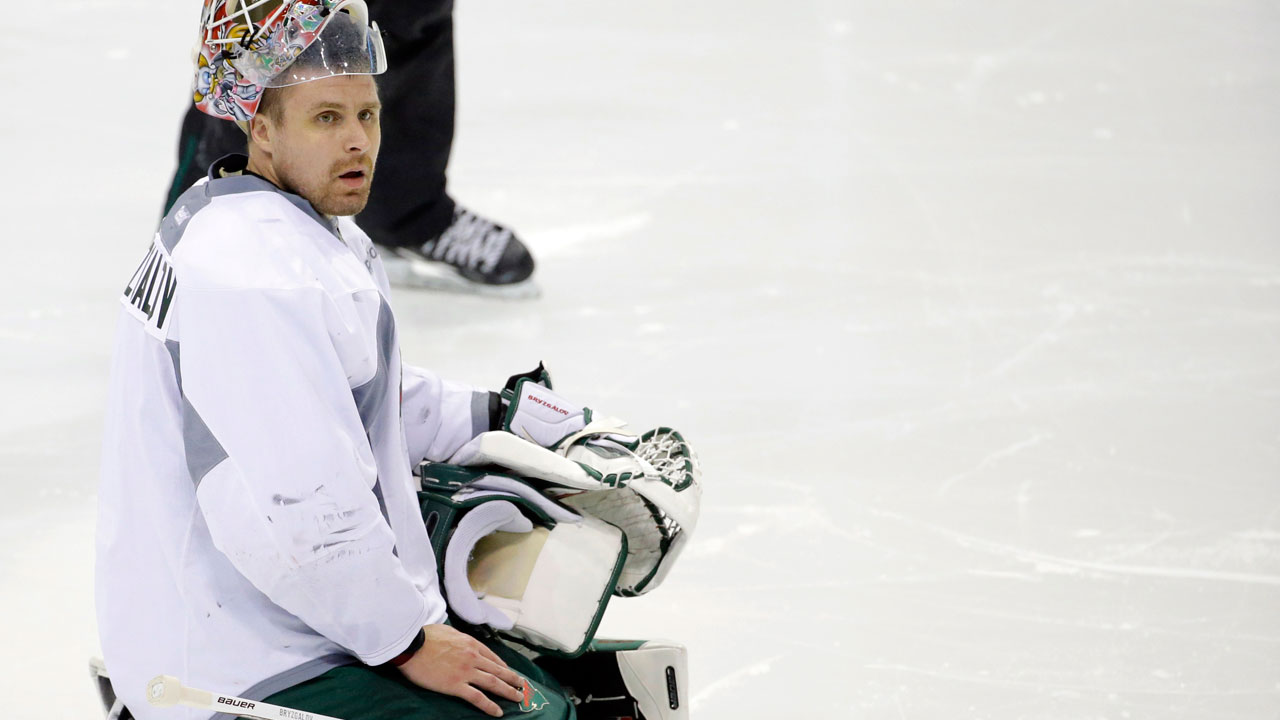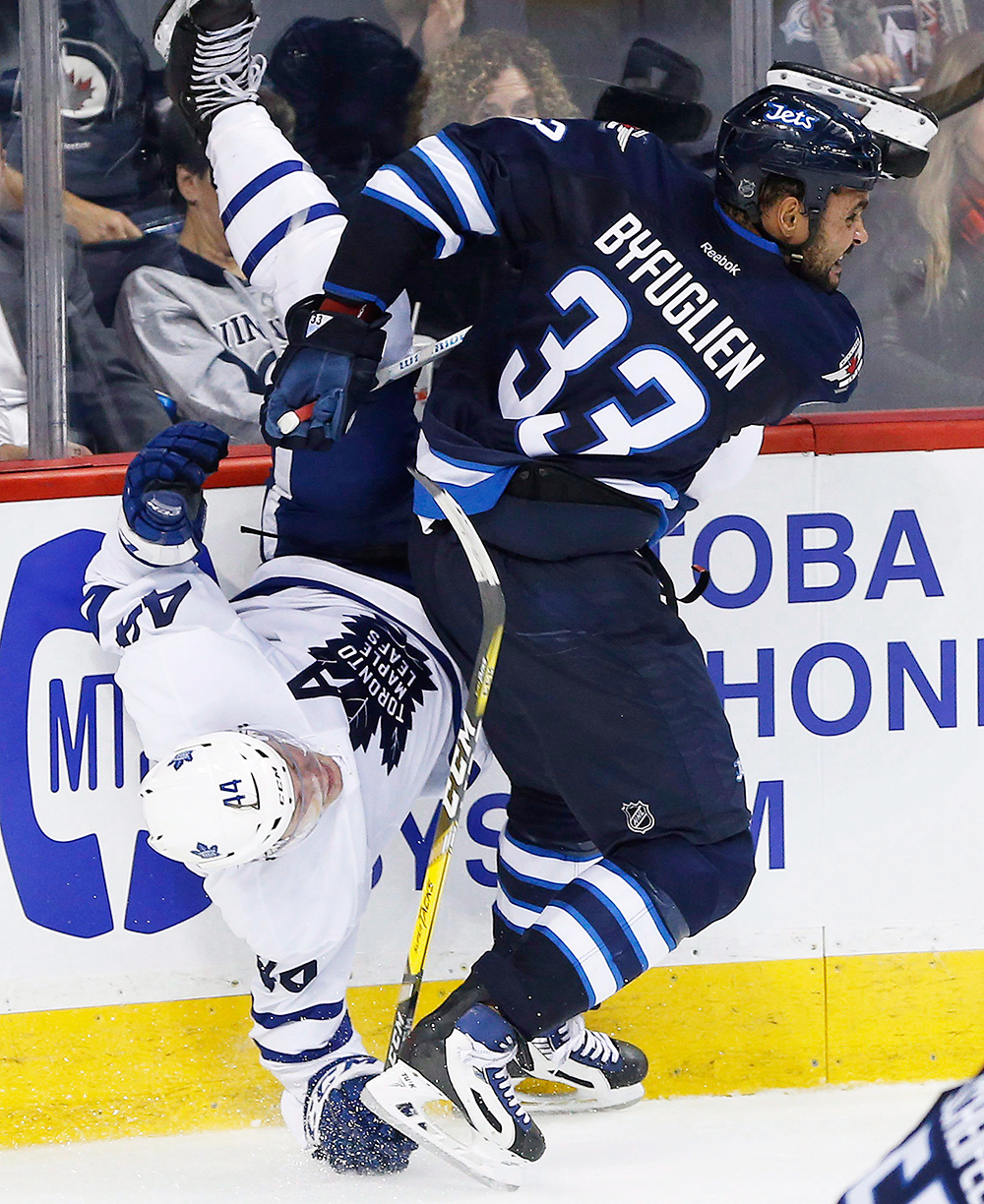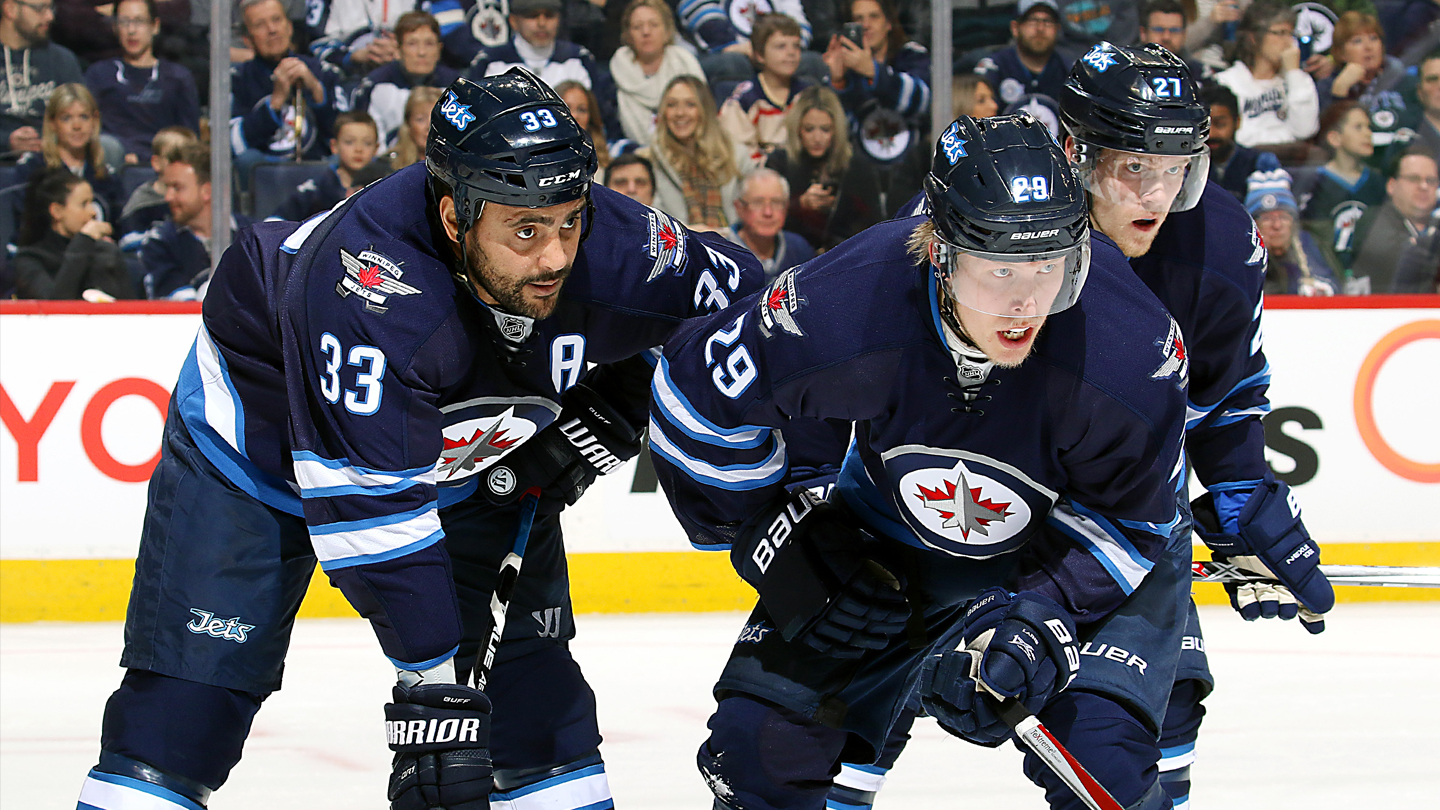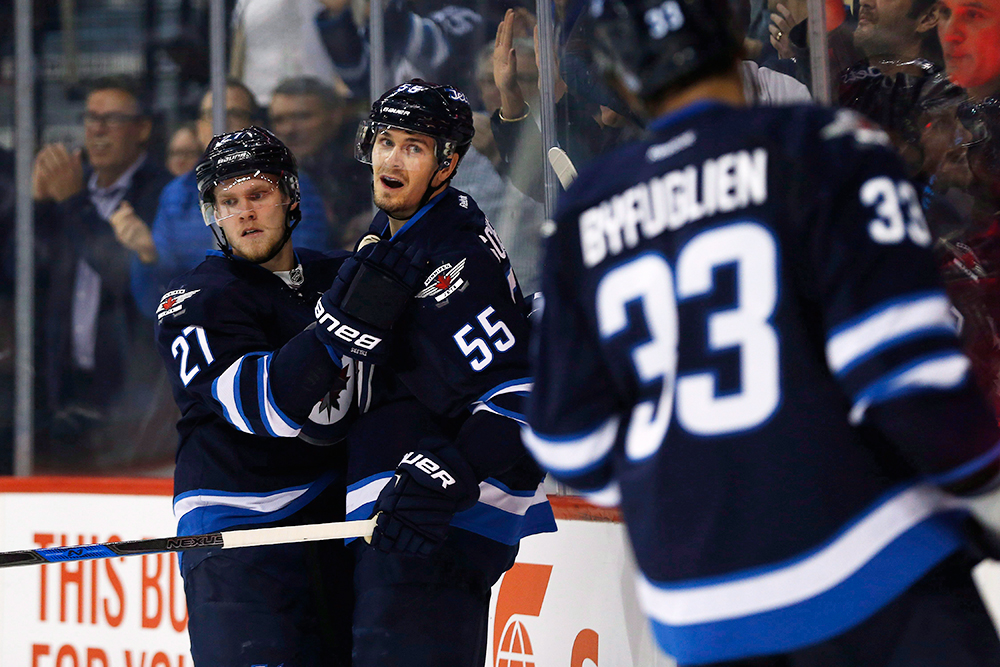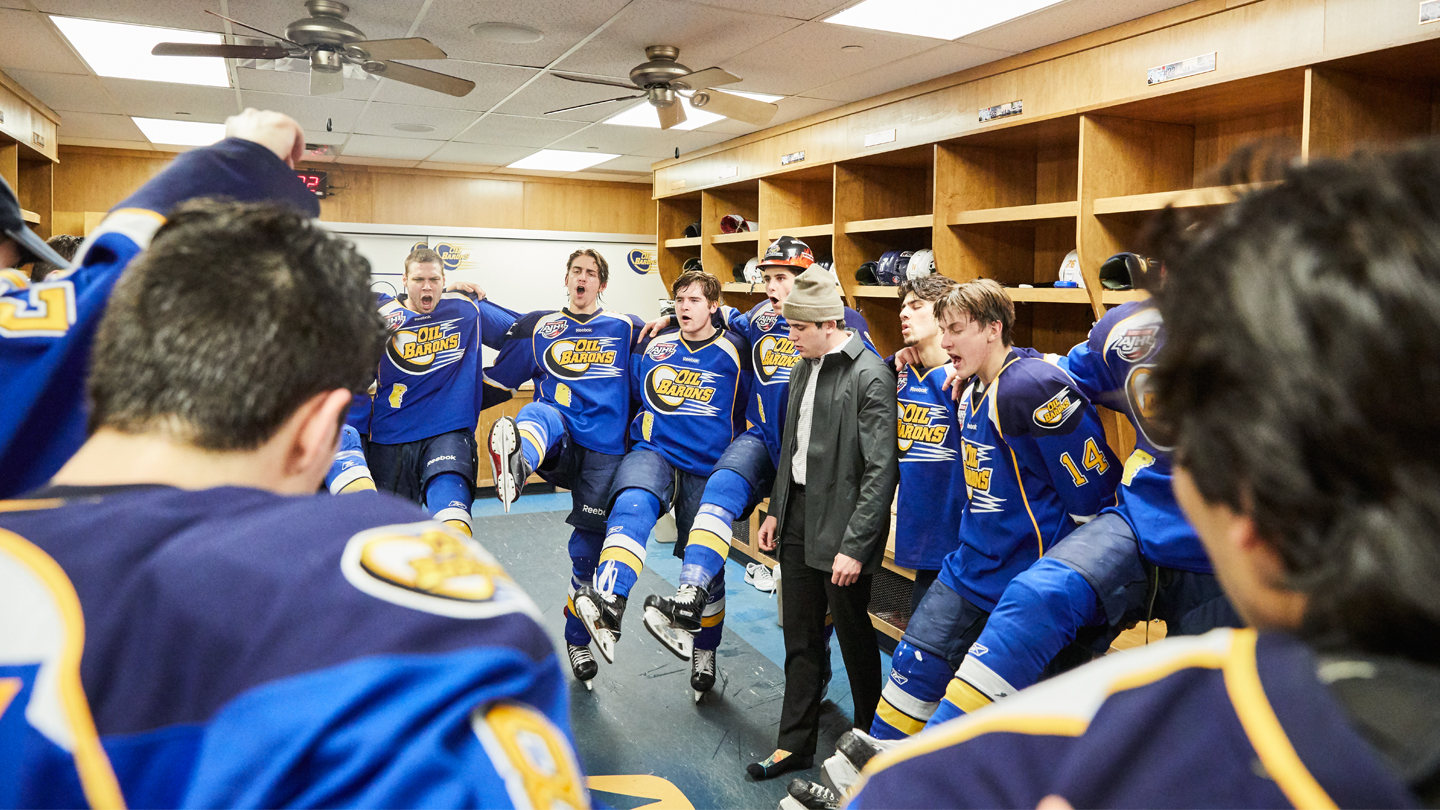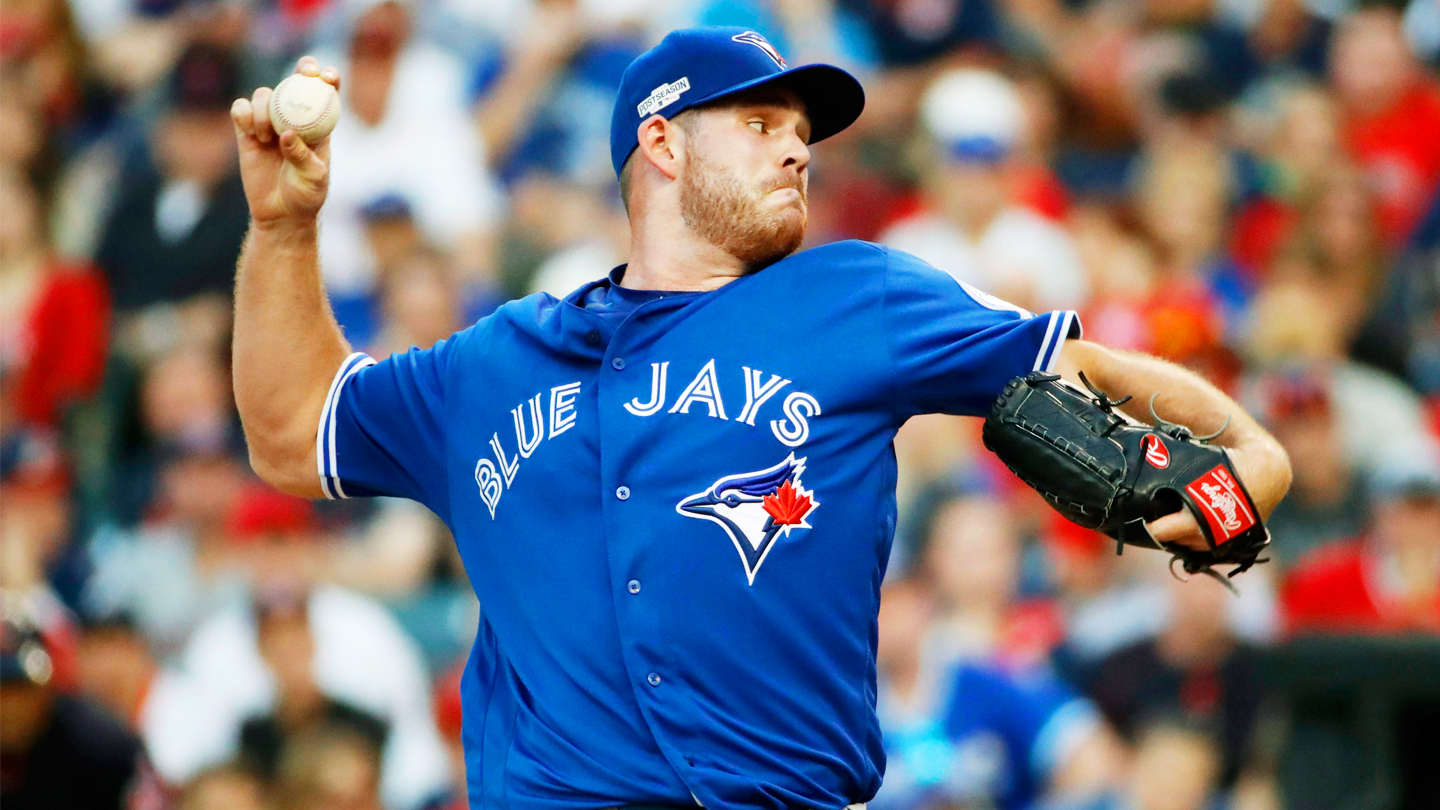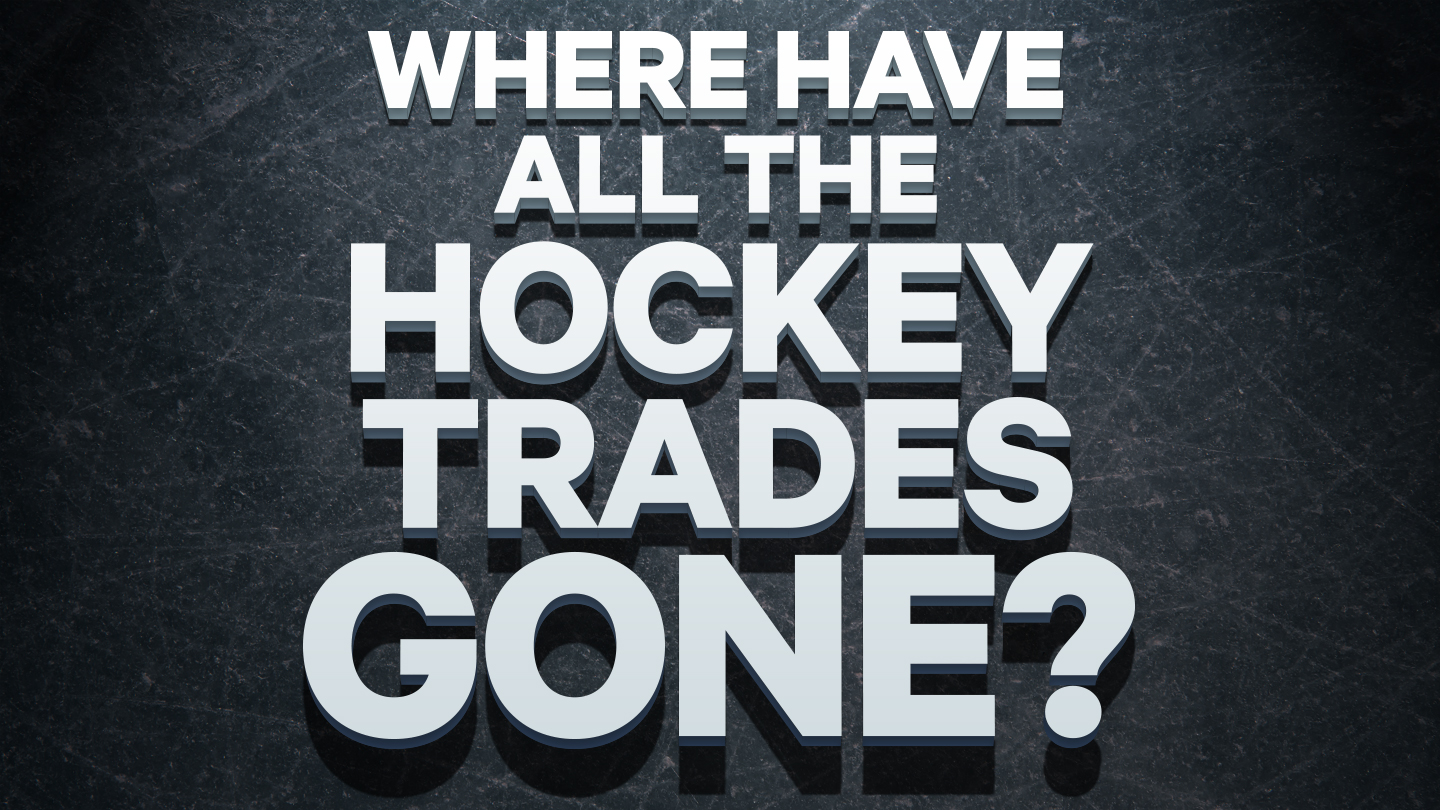Traded to Atlanta in a blockbuster the summer after that Cup win, Byfuglien is now in his sixth year with the Jets and 12th in the NHL. He scans the Winnipeg dressing room, taking in the names listed on the empty stalls around him. There’s Laine, who came into this league and impressed Buff because he immediately acted like a pro at 18. There’s Morrissey, Byfuglien’s apprentice early on, who he says has “probably been our most steady D-man.” Mark Scheifele, 23 and already one of the best centremen in the league. And sophomore left-winger Nikolaj Ehlers, now 21, who has seen a huge improvement from Year 1.
“You’ll see that growth every year from the young guys, and by the time they’re in their fourth year, you’re like, ‘Alright, this guy knows what he’s doing.’ You don’t have to worry about him,” Byfuglien says. “It’s part of growing up.”
Since the Jets returned to Winnipeg, they’ve made the playoffs just once, two years ago. Anaheim swept them in four games. This season, goaltending looks to be the reason the Jets will continue that streak of disappointment, again finishing outside the playoff picture. But Byfuglien knows the future is bright. “I feel like there’s a chance we could be right at the top,” he says. “With what I’ve seen, getting good picks and other little things, I believe we’re a step or two away from being a great playoff team — and for years to come.”
That’s how it happened in Chicago. The Blackhawks missed the playoffs Byfuglien’s rookie season, then made it the year after. The progression continued, until he raised the Cup. “I was part of the growing up stage there, and now I’m on the other side of it,” Byfuglien says, “watching it and hoping that it happens again.”




